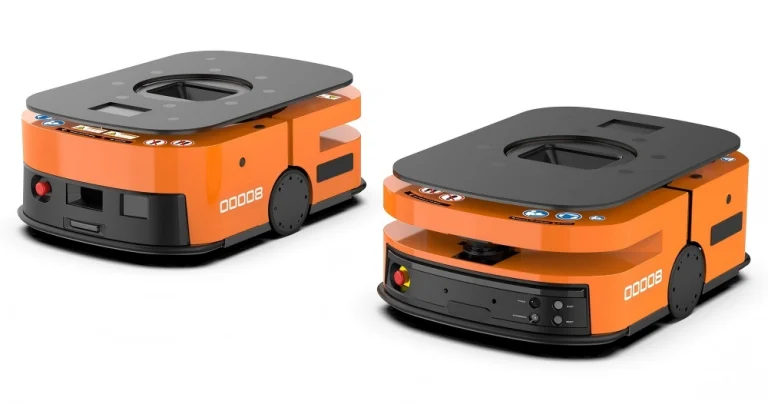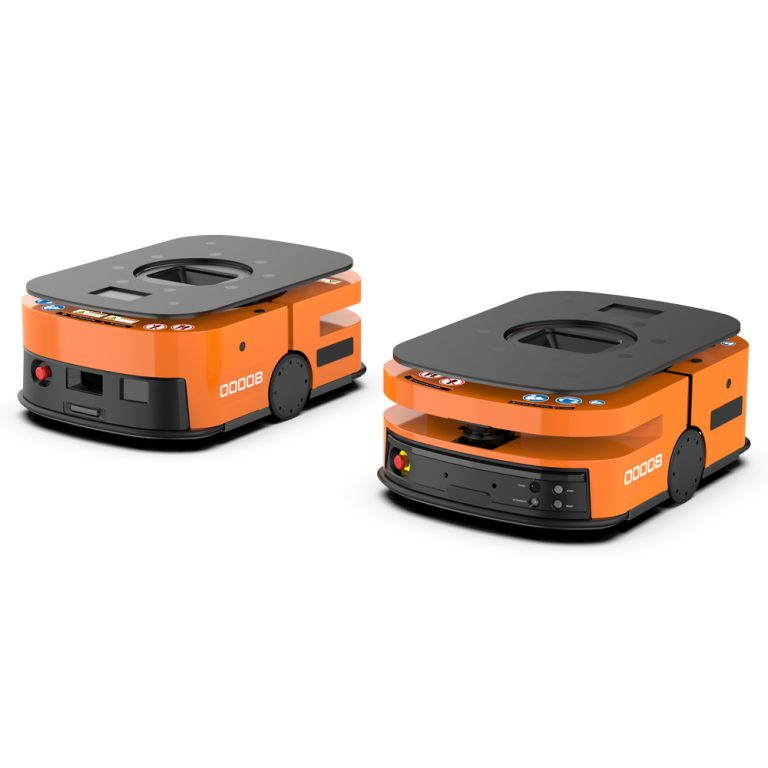
In the rush of a busy warehouse, picture this. A shipment of solar panels arrives at dawn. But by midday, half the order vanishes into the stacks. Workers scramble. Phones ring off the hook. And a simple mix-up snowballs into a delayed customer delivery. These moments happen more often than anyone admits. They cost time, money, and trust. What if there was a way to see every crate, every pallet, every single item as it moves from inbound dock to outbound truck? That’s the promise of end-to-end visibility. A full delivery cycle suite steps in here. It turns chaos into clarity by tracking every item and order in real-time. This isn’t just software. It’s the backbone that keeps operations humming without a hitch.
The Growing Need for Visibility in Supply Chains
Supply chains today stretch further. They move faster than ever. Global trade means parts might cross oceans before landing in a factory. And consumer demands for same-day delivery add pressure on every link. Without clear sight across the entire cycle, small issues turn big quick. A delayed truck in one city ripples to stockouts in another. Studies show that poor visibility contributes to up to 30% of logistics errors. These include misplaced goods to inaccurate inventory counts.
Think about a mid-sized electronics assembler. They handle thousands of components daily. Chips, boards, cables—all feed into tight production schedules. One overlooked pallet of resistors, and the whole line grinds to a halt. Real-time tracking changes that. It flags deviations as they happen. A forklift route that’s off by a few feet. Or an order that’s stalled at quality check. Managers get alerts on their dashboards. Not after the fact. In one photovoltaic project, operators managed over 300 autonomous mobile robots. These shuttled materials between racks and machines. Without constant eyes on each move, bottlenecks would have piled up. Instead, the system caught exceptions on the spot. It kept output steady at peak levels.
This level of oversight isn’t a luxury anymore. It’s table stakes for staying competitive. Companies that nail visibility see throughput jump. Sometimes by double digits. While they cut waste from overstock or rush orders. Short sentences like that hit home. Delays hurt. Visibility fixes them.
What Makes a Full Delivery Cycle Suite Stand Out
At its core, a full delivery cycle suite ties together hardware and software. It monitors the journey of goods from receipt to shipment. It goes beyond basic inventory logs. It pulls in live data from sensors, robots, and scanners. The result? A digital thread that follows every item through picking, packing, and dispatch.
Unlike patchwork tools that leave gaps, this suite covers the full spectrum. Orders enter the system with unique IDs. These link to physical tags on items. As robots or conveyors shift loads, updates flow in seconds. No more guessing where that urgent parcel sits. It’s built for scale. It handles high-volume flows in factories or distribution centers without slowing down.
Key Components Driving the Suite
The power comes from specialized modules working in sync. Here’s a quick breakdown:
| Component | Primary Function | Tracking Benefit |
| DigitalPant | 3D visualization of operations | Shows robot paths and task status live, spotting issues like docking delays instantly. |
| Робомиррор | Simulation and scenario testing | Replays order flows virtually to predict and refine real-time movements. |
| MapStudio | Navigation map management | Updates floor plans dynamically, ensuring accurate routing for every item. |
| Robox | Robot fleet oversight | Monitors device health and positions, feeding data back to central tracking. |
Each piece slots into the bigger picture. DigitalPlant, for instance, renders the warehouse in three dimensions. It lets teams watch a carrier robot approach a rack from any angle. If an order for 50 units jams mid-transfer, the display highlights it with alarms and stats. MapStudio keeps those routes fresh. Say, after a layout tweak from seasonal storage shifts. It does this by auto-verifying maps with robot runs. Together, they create a seamless loop where visibility isn’t reactive. It’s proactive.
How Real-Time Tracking Transforms Daily Operations
Dive deeper into the mechanics. When an order hits the system—maybe 200 widgets for a client rush—it’s tagged at intake. RFID or barcode scans log the entry. They assign it to a robot fleet. From there, the suite shadows it. Position updates every few seconds. Speed checks against norms. Even load integrity via virtual sensors.
Consider a smart logistics setup for in-plant carrying. Teams simulate pallet moves first in RoboMirror. They build datasets for tricky spots like tight aisles or varying light. In one case, this caught a recognition glitch early. It boosted accuracy from spotty to near-perfect. Live, the suite tracks the actual haul. A robot grabs the pallet. RoboMirror overlays the path on a 3D model. And DigitalPlant flags if it veers off. Operators see throughput metrics tick up. Tasks per hour. Idle time slashed.
Data backs the shift. In a Dashenlin rollout, virtual testing shaved weeks off deployment. It let real tracking start sooner. Efficiency climbed as the system analyzed bottlenecks. Like buffer zones that clogged under peak loads. A redesign there lifted on-time rates by 20%. These aren’t hypotheticals. They’re from floors where robots log millions of moves yearly.
Short on details? Not here. The suite pulls granular logs. How long an item sits in staging. Why a route looped extra. Even environmental factors like humidity affecting scans. Managers drill down with reports. Pie charts of delay causes. Line graphs of order velocity. It’s not overwhelming. Filters let you zoom to one shift or one product line. And integration? It plugs into existing warehouse management systems. It syncs without a full overhaul.
Real-World Gains: Efficiency, Cost Savings, and Reliability
The payoff shows in numbers and stories. Warehouses using such suites report picking accuracy pushing 100%. Errors drop to fractions of what they were. Throughput? One project doubled it by smoothing robot handoffs. Delivery windows shrink too. Think days shaved off cycles that used to drag.
Take the photovoltaic line again. Over 300 robots ferried panels non-stop. But without tracking, a single misdock could idle machines for hours. The suite’s exceptions dashboard caught 95% of those on the fly. It kept lines at full tilt. Costs follow suit. Less overtime chasing lost items. Fewer returns from wrong shipments. In broader terms, it frees staff for value-add work. Like tweaking layouts based on heat maps of traffic.
Reliability ties it all. Customers get status pings. “Your order’s en route, ETA 2 hours.” These build from live feeds. That builds loyalty. Internally, it cuts downtime. One in-plant case turned chronic delays into a thing of the past. Materials hit lines just-in-time.
Bullets for quick wins:
- Fewer surprises: Alerts nip problems before they spread.
- Smarter decisions: Data-driven tweaks, like rerouting for peak hours.
- Scalable growth: Handles volume spikes without extra hires.
- Sustainability edge: Optimized paths mean less energy waste on detours.
These aren’t pie-in-the-sky. They’re pulled from deployments where the suite proved itself under real pressure.
Getting Started: A Practical Path to Implementation
Rolling out isn’t a monolith. Start small. Map your current flow. ID pain points like blind spots in back-of-house. Then, pilot on one zone. Say, inbound receiving. The suite’s modular design lets you layer in pieces. You test DigitalPlant’s visuals before full robot sync.
Training runs smooth with guided interfaces. Operators learn via simulations in RoboMirror. They practice without risking live stock. Go-live phases in over weeks. Week 1 for mapping. Week 2 for tracking hooks. Support teams handle tweaks. They ensure maps stay sharp as layouts evolve.
Expect hurdles. Data silos or legacy gear. But the suite’s APIs bridge most. In one factory shift, integration took days. Not months. It unlocked visibility across old and new tools.
Spotlight on Wesar Intelligence: Your Partner in Full Delivery Cycle Solutions

Весарская разведка stands at the forefront as a dedicated supplier of full delivery cycle software suites. With roots in intelligent factory design, the company brings decades of hands-on experience to crafting systems that blend robots, software, and workflows. Their approach covers everything from initial consults to ongoing tweaks, all aimed at streamlining material flows in warehouses and plants. Specializing in автономные мобильные роботы и системы управления складами, Wesar delivers tools that track inventory live, optimize space, and cut errors—positioning clients for smoother, smarter operations day in, day out.
Wrapping It Up: Visibility as the Key to Unlocked Potential
End-to-end visibility isn’t just a feature. It’s the thread that weaves a stronger supply chain. By tracking every item and order in real-time through a full delivery cycle suite, businesses sidestep the pitfalls of guesswork. They embrace precision. From 3D overviews that reveal hidden snags to simulations that forecast fixes, the gains stack up. Faster turns. Fewer fumbles. Happier ends. In a world where speed wins, this suite doesn’t just keep pace. It sets it.
Часто задаваемые вопросы
What exactly does achieving end-to-end visibility mean for a warehouse operation?
It means having a clear, unbroken view of goods from arrival to exit. A full delivery cycle suite makes this possible by logging every step—scans at intake, robot transports, final packs—so nothing slips through unseen.
How does a full delivery cycle suite track every item and order in real-time?
The suite uses sensors and software to update locations instantly. Components like 3D displays show live positions, while map tools keep routes current, ensuring managers spot and sort any holdups right away.
Can this tracking system scale for high-volume environments?
Absolutely. It’s designed for setups with hundreds of robots or daily orders in the thousands, as seen in projects handling photovoltaic lines without breaking a sweat.
What benefits come from real-time order tracking in daily workflows?
Teams cut delays and boost accuracy, often lifting efficiency by 20% or more. It shifts focus from firefighting to planning, with data revealing patterns for long-term tweaks.
Is implementation straightforward for existing setups?
Yes, with modular rollout and easy integrations. Pilots start small, building confidence before full deployment, backed by guided training to minimize disruptions.








